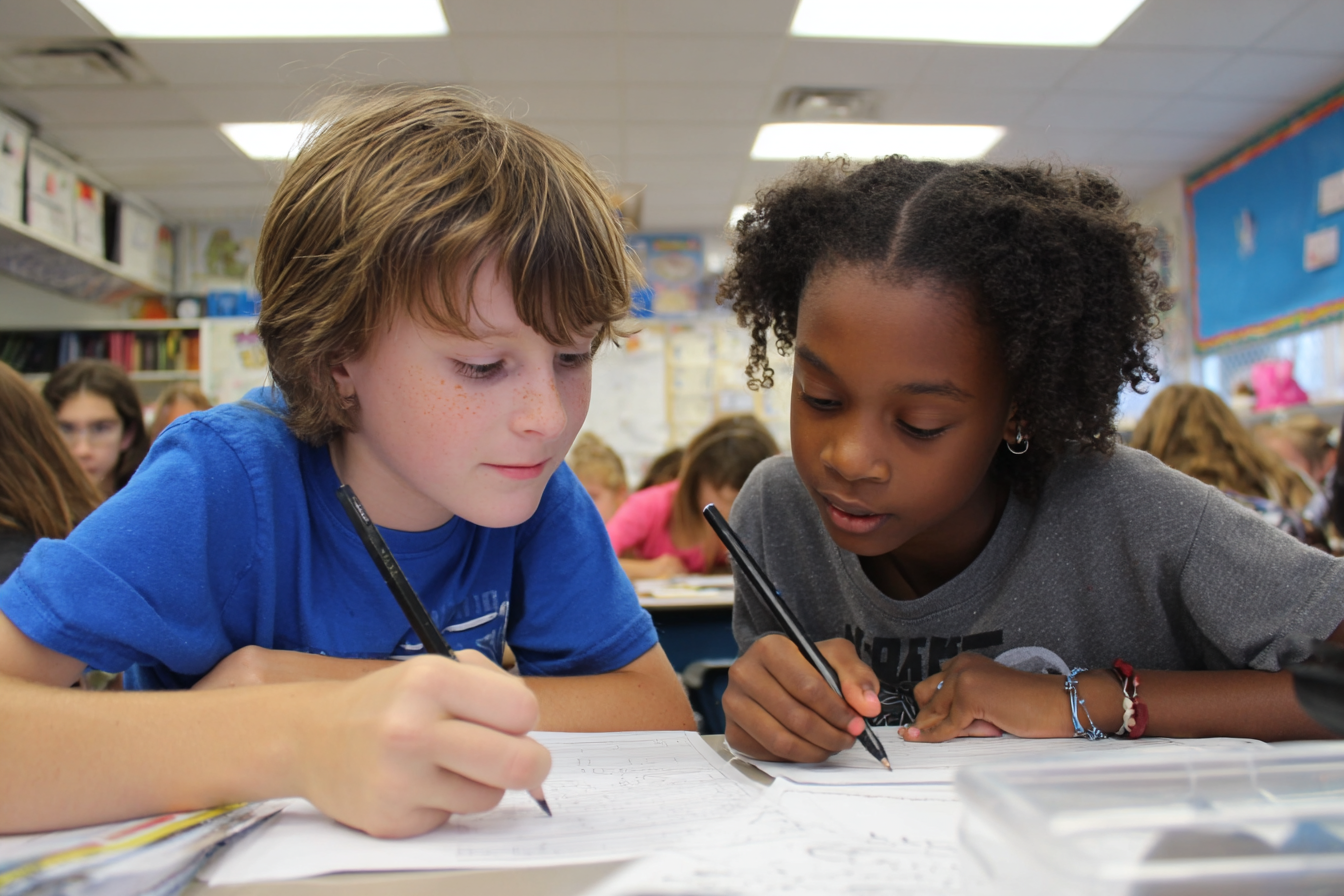Unit Plan 24 (Grade 4 Math): Decimals to Hundredths—Notation & Models
Express fractions with denominators 10 and 100 as decimals; model to hundredths on grids/number lines; explain equivalence (0.3 = 0.30 = 30/100) while maintaining a consistent whole.

Focus: Express fractions with denominators 10 and 100 as decimals; read/write decimals to hundredths using base-ten grids and the number line; connect tenths ↔ hundredths and maintain a consistent whole.
Grade Level: 4
Subject Area: Mathematics (Number & Operations—Fractions)
Total Unit Duration: 5 sessions (one week), 45–60 minutes per session
I. Introduction
Students build decimal understanding by linking tenths and hundredths to fraction notation and decimal notation (e.g., 3/10 = 0.3, 25/100 = 0.25). They use 10×10 grids, number lines, and place-value language to read, write, and represent values to hundredths, including equivalent forms (e.g., 0.3 = 0.30 = 30/100).
Essential Questions
- How do base-ten models and the number line show that 3/10 = 0.3 and 25/100 = 0.25?
- Why are 0.3, 0.30, and 30/100 the same value even though they look different?
- How do I keep the whole and units consistent when switching between fractions and decimals?
II. Objectives and Standards
Learning Objectives — Students will be able to:
- Represent tenths and hundredths using grids and number lines, then record the matching decimal and fraction.
- Read and write decimals to hundredths in standard, word, and expanded forms with place-value precision.
- Explain and use equivalence (e.g., 3/10 = 30/100 = 0.30) without changing the value.
- Convert fractions with denominator 10 or 100 to decimal notation and justify the conversion with a model.
- Solve short context problems by switching flexibly between fraction and decimal representations.
Standards Alignment — CCSS Grade 4
- 4.NF.6: Use decimal notation for fractions with denominators 10 or 100; e.g., 0.62 describes 62/100.
Success Criteria — Student Language
- I can show a value on a grid or number line and write it as a fraction and a decimal.
- I can explain why 0.3 and 0.30 name the same amount (same whole).
- I can read and write decimals to hundredths and use place-value words correctly.
